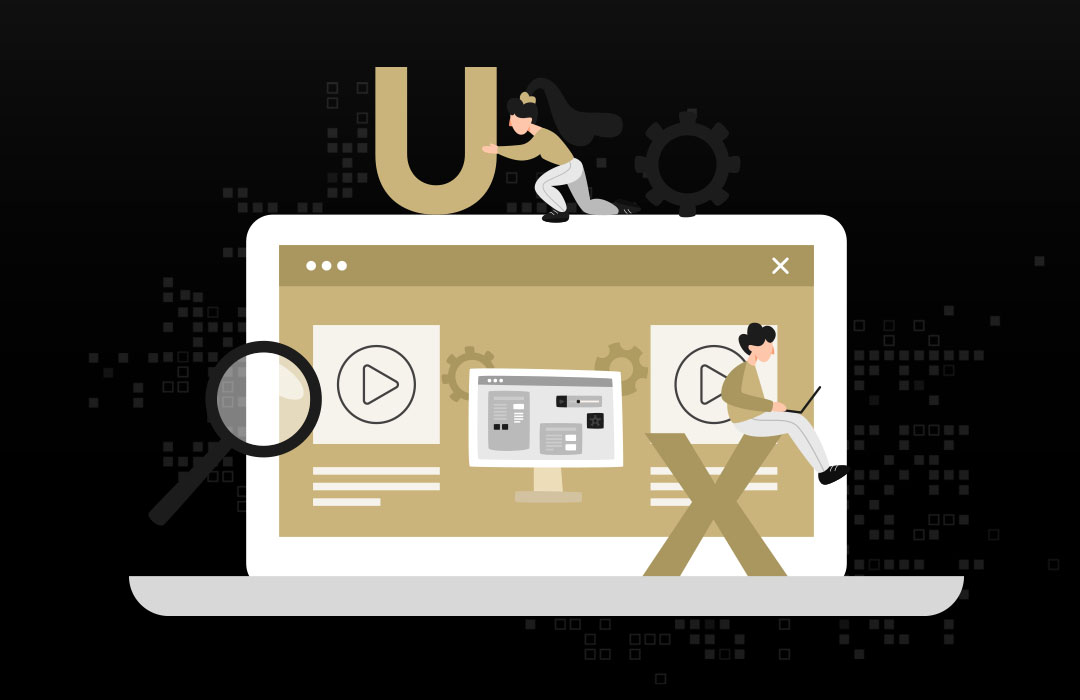In the rapidly evolving digital landscape, one of the most transformative technologies of the 21st century is the Internet of Things (IoT). With its seamless integration of physical devices and digital systems, IoT has become a game-changer for both consumers and businesses, propelling user experiences to new heights. This article delves into the workings of IoT and examines how prominent B2C and B2B companies are leveraging this technology to enhance user experiences like never before.
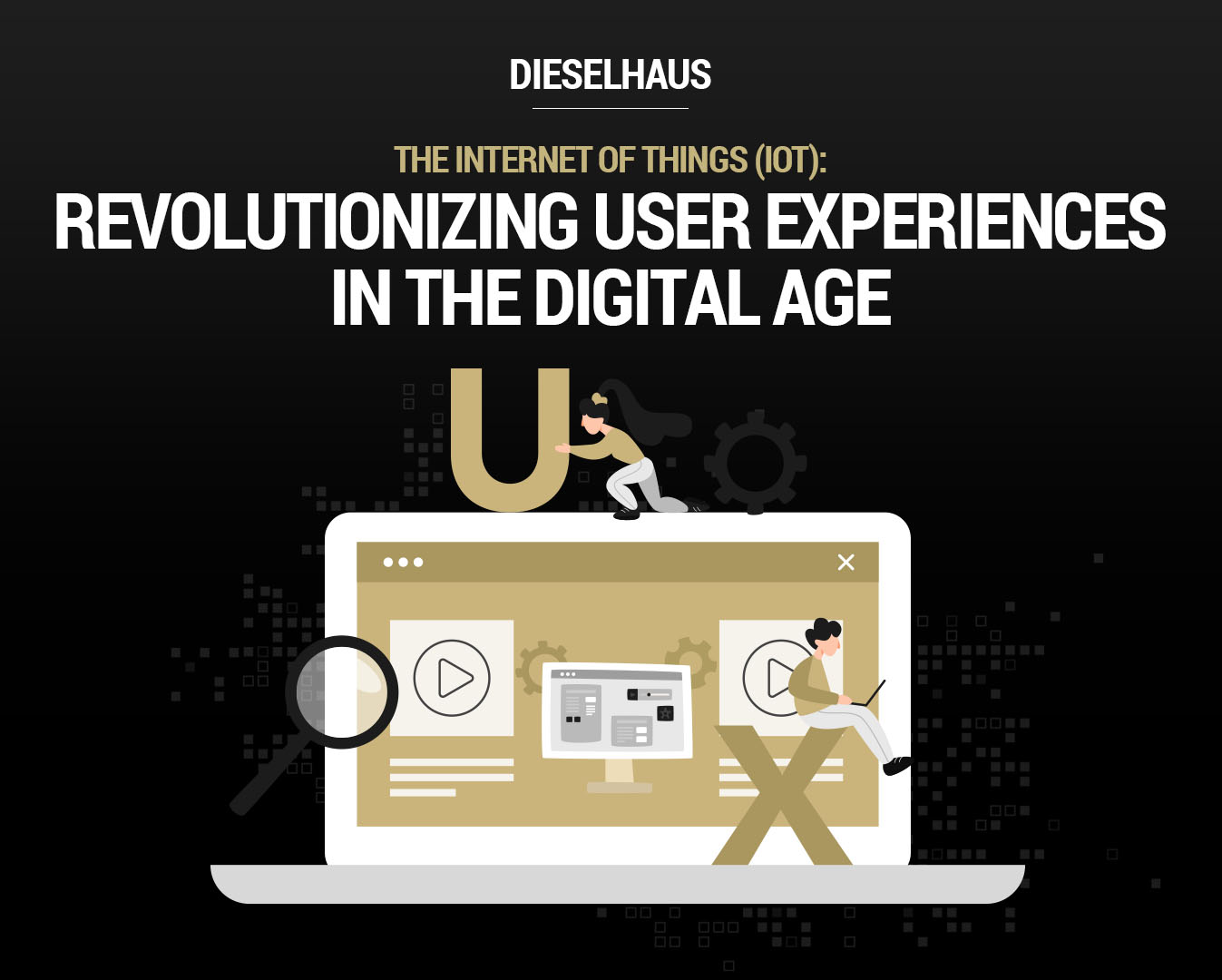
Understanding IoT and How It Works:
At its core, the Internet of Things refers to a vast network of interconnected devices, machines, and systems that communicate and exchange data over the internet. These devices are embedded with sensors, actuators, and software, allowing them to collect, analyze, and transmit data without the need for human intervention.
The key components of IoT technology are as follows:
- Sensors and Actuators: These are the eyes and hands of IoT devices. Sensors gather data from the surrounding environment, such as temperature, humidity, motion, light, and more. Actuators, on the other hand, enable the devices to take actions based on the data received.
- Connectivity: IoT devices use various means of communication to transfer data, including Wi-Fi, Bluetooth, cellular networks, and Low-Power Wide-Area Networks (LPWAN). This enables them to remain interconnected and constantly communicate with each other.
- Data Processing and Cloud Computing: Collected data is sent to cloud servers where it is processed and analyzed. Cloud computing provides the necessary computing power and storage capacity for handling massive amounts of data generated by IoT devices.
- User Interface and Artificial Intelligence: The processed data is then presented to users through user-friendly interfaces, such as mobile apps or web dashboards. Artificial Intelligence (AI) plays a crucial role in extracting valuable insights from the data and making smart decisions in real-time.
Enhancing B2C User Experiences:
B2C companies have been at the forefront of adopting IoT technology to elevate user experiences and create a more personalized, convenient, and efficient interaction with their customers. Here are some notable applications of IoT in the consumer market:
- Smart Home Devices: IoT has revolutionized the concept of smart homes, where various devices like smart thermostats, smart lighting, smart locks, and smart appliances can be controlled remotely through smartphones. This level of automation and customization has led to increased energy efficiency and improved home security.
- Wearable Technology: IoT-powered wearable devices, such as smartwatches and fitness trackers, have become mainstream, helping users monitor their health, fitness, and daily activities. These devices collect data on heart rate, sleep patterns, and physical movements, providing valuable insights for users to make informed decisions about their lifestyle.
- Connected Cars: Automobile manufacturers have integrated IoT technology into vehicles, creating connected cars that offer enhanced safety features, real-time navigation, and predictive maintenance. Additionally, IoT-enabled cars can communicate with smart city infrastructure, reducing traffic congestion and accidents.
- Retail and E-commerce: IoT has transformed the retail experience by enabling smart shelves that automatically track inventory, personalized shopping recommendations based on customer behavior, and contactless payment options for seamless checkout.
B2C Examples:
- Nest Thermostat by Google (Now part of Google Nest): The Nest Thermostat is a prime example of IoT technology transforming the home environment. It is a smart thermostat that learns users’ temperature preferences and creates a personalized schedule to optimize energy consumption. Using built-in sensors, it can detect whether someone is at home and adjust the temperature accordingly. Users can also control the thermostat remotely through a mobile app, leading to energy savings and increased comfort.
- Amazon Echo (Alexa) and Smart Home Integration: The Amazon Echo smart speaker, powered by the virtual assistant Alexa, has become a central hub for many smart homes. It enables voice commands to control various IoT devices, including smart lights, smart plugs, smart locks, and more. By connecting multiple smart devices through Alexa, users can create routines and automation for a seamless smart home experience.
- Fitbit Fitness Trackers: Fitbit‘s line of fitness trackers and smartwatches exemplifies IoT’s impact on personal health and wellness. These wearables monitor users’ daily activities, heart rate, sleep patterns, and even stress levels. With data synchronized to a mobile app, users can set fitness goals, track progress, and receive personalized health insights, empowering them to lead a healthier lifestyle.
- Tesla and Connected Cars: Tesla, the electric vehicle manufacturer, has set the standard for connected cars. Tesla vehicles are equipped with an array of sensors, cameras, and radar that collect data to enable advanced driver-assistance features and autonomous driving capabilities. The cars can receive over-the-air updates, adding new features and improving performance, making them smarter and safer over time.
Revolutionizing B2B User Experiences:
IoT is not limited to the consumer market alone. B2B companies have also embraced this technology to optimize operations, enhance productivity, and deliver superior services to their clients. Here are some compelling use cases:
- Industrial IoT (IIoT): In manufacturing and industrial sectors, IoT has paved the way for the Industrial Internet of Things (IIoT). Smart sensors and IoT-enabled machines monitor production processes, predict equipment failures, and optimize supply chain management, leading to increased efficiency and reduced downtime.
- Healthcare: IoT has significantly impacted the healthcare industry, with IoT devices like remote patient monitoring systems, smart medical equipment, and real-time tracking of medical supplies. This has improved patient outcomes, streamlined hospital workflows, and allowed healthcare providers to offer more personalized care.
- Logistics and Supply Chain: B2B companies are leveraging IoT to optimize logistics and supply chain operations. IoT devices enable real-time tracking of shipments, monitor temperature and humidity-sensitive goods during transportation, and improve warehouse management.
- Smart Agriculture: In the agricultural sector, IoT devices aid farmers in monitoring soil conditions, crop health, and livestock well-being. This data-driven approach optimizes resource usage, enhances crop yields, and promotes sustainable farming practices.
B2B Examples:
- Siemens MindSphere (Industrial IoT Platform): Siemens’ MindSphere is an open cloud-based IoT platform designed for industrial applications. It connects machines and equipment in factories, enabling real-time monitoring, predictive maintenance, and performance optimization. MindSphere collects and analyzes data from various sensors, providing insights that help businesses streamline operations and reduce downtime.
- General Electric (GE) Aviation’s IoT Solutions: GE Aviation utilizes IoT technology to enhance aircraft maintenance and performance. Their connected engines collect data during flights, providing real-time insights on engine health and fuel efficiency. This data-driven approach optimizes maintenance schedules, reduces costs, and ensures safer and more reliable air travel.
- SAP’s IoT Applications: SAP, a leading enterprise software company, offers IoT applications that empower businesses to monitor and optimize supply chain and logistics operations. With IoT devices integrated into warehouses and distribution centers, companies can track inventory levels, automate inventory replenishment, and ensure efficient product deliveries to customers.
- John Deere’s Precision Agriculture: John Deere, a renowned agricultural machinery manufacturer, leverages IoT in precision agriculture solutions. IoT-enabled tractors and farming equipment collect data on soil conditions, weather patterns, and crop health. Farmers can analyze this data to make data-driven decisions, such as adjusting irrigation schedules, applying fertilizers more efficiently, and increasing overall crop yields.
Challenges and Future Prospects:
While IoT has brought numerous benefits to both B2C and B2B companies, it also poses certain challenges, including data privacy and security concerns, interoperability issues among different IoT devices, and the need for standardization in protocols.
However, as technology continues to advance, IoT is poised to reshape user experiences further. The integration of 5G networks will facilitate faster and more reliable data transmission, enabling real-time interactions. AI and machine learning algorithms will become more sophisticated, unlocking new possibilities for predictive analytics and automation. Furthermore, edge computing will reduce latency and enhance device autonomy, making IoT applications even more robust.
In conclusion, the Internet of Things has transcended from a mere concept to a tangible reality that is revolutionizing user experiences across various industries. As companies continue to invest in IoT research and development, the future looks promising, promising a more connected, efficient, and user-centric world.
Get Started




